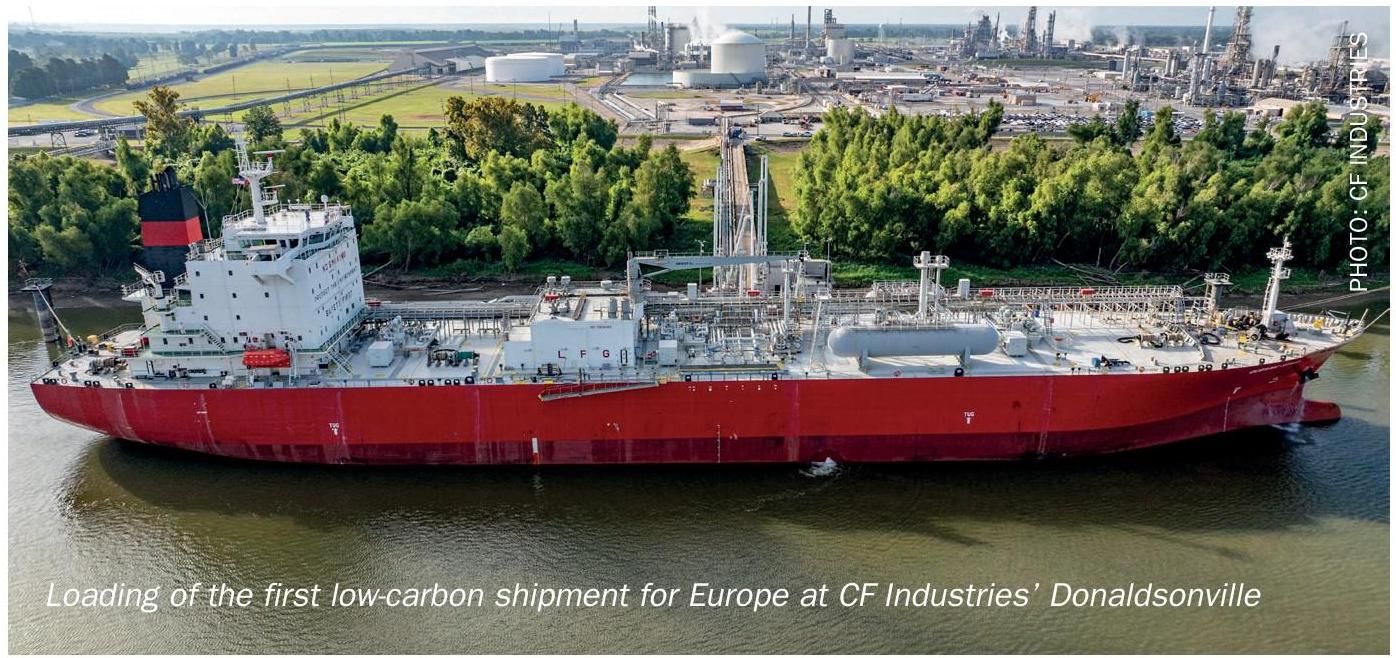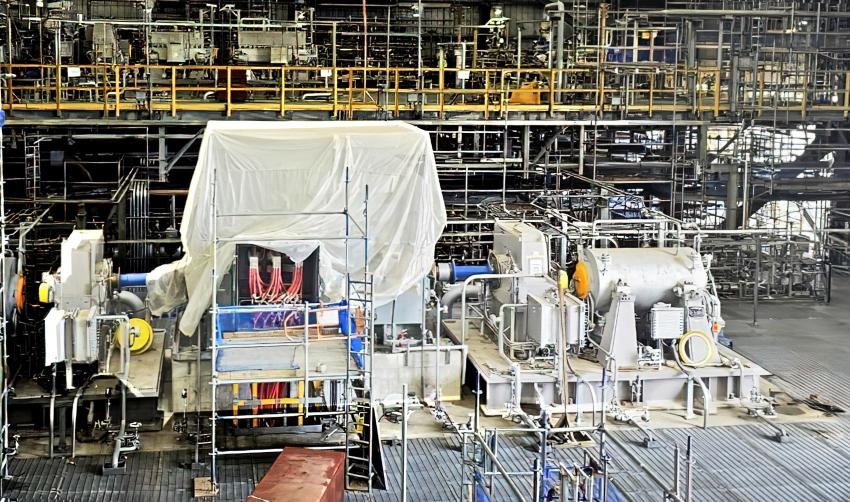Nitrogen+Syngas 394 Mar-Apr 2025

19 March 2025
Liquid Wind to progress abandoned renewable methanol project
Liquid Wind has announced the development of a new 100,000 t/a green methanol project in Örnsköldsvik, Sweden, in collaboration with local energy company Övik Energi. Övik Energi’s combined heat and power plant in Örnsköldsvik was due to be the site of Ørsted’s FlagshipONE project, which was slated to produce 55,000 t/a of green methanol from 2025. A final investment decision (FID) was made in late 2022 when Ørsted bought out Liquid Wind’s 55% stake in the project, but the Danish offshore wind company chose to discontinue FlagshipONE in August 2024.
Liquid Wind says it will be responsible for development of the new project from 1Q 2025. The 100,000 t/a output will involve the capture of 150,000 t/a of biogenic CO2 from Övik Energi’s combined heat and power plant as a feedstock for its e-methanol. Green hydrogen will be generated on-site by electrolysis using renewable energy. The plant announced last year that it had switched to using 100% renewable biofuels from forestry and paper industry residues, phasing out its use of peat products. The majority of its fuel comes from local sources, it claims.
Liquid Wind is developing several projects using captured carbon from combined heat and power plants in Sweden and Finland, including a 130,000 t/a green methanol plant in Umeå, Sweden, which was granted an environmental permit in late January, and is expected to begin production in 2027.






